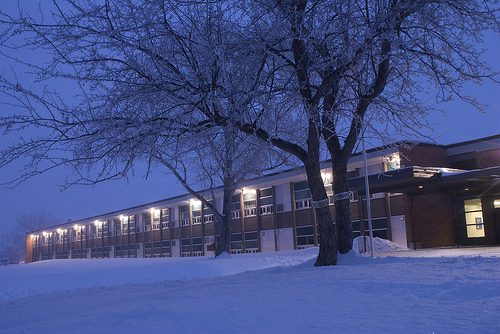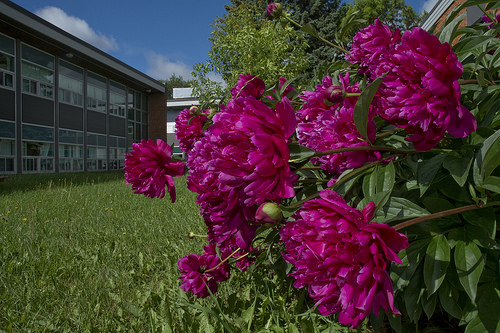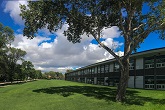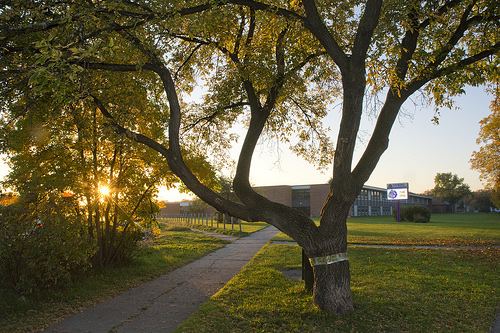About Manitoba
July 16, 2024
Manitoba is a prairie province located in the Centre of Canada. Founded in 1870, Manitoba means "where the spirit lives" in the languages of the Indigenous people who first lived in the region. Commonly referred to as 'Friendly Manitoba' urban and rural communities are diverse and welcoming.
Population: 1.2 million
Area: 649, 947 square kilometers in the center of Canada
Capital City: Winnipeg
Form of Government: Parliamentary Democracy
Climate: Four distinct seasons- cold, dry winter; hot, dry summer; moderate, cool spring and fall
Terrain: Prairie grasslands in the south and west; Canadian Shield lakes and forests in the east and north; arctic tundra in the far north
Natural Resources: Abundant freshwater lakes and rivers, hydroelectricity, base metals (ex: nickel, copper, zinc), fishing, forestry, gold, oil, and agriculture
Major Exports: Farm products, metals and minerals, processed foods, vehicles and transportation equipment, machinery, electricity, medicines, chemicals, plastics, and paper
Major Agricultural Commodities: Canola, wheat, hogs, cattle, dairy products, oats, poultry, barley, flaxseed, eggs
Provincial animal: Bison. Hundreds of thousands of wild bison once covered Manitoba's open plains.
Aurora borealis (Northern Lights): The best place in the world to see the aurora borealis (Northern Lights) is in the town of Churchill, on the edge of the Hudson Bay. It is also the polar bear capital of the world.
Winnie-the-Pooh: Winnie-the-Pooh, from the stories by A.A. Milne, was based on a bear cub adopted by a Winnipeg soldier. The bear was named "Winnipeg" (shortened to Winnie) after the soldier's hometown. Winnie was donated to the London Zoo in 1916.
Winter is perfect for skiing and snowboarding, as well as ice-skating, sledding, snowshoeing and horse-drawn sleigh rides. February brings the famous "Festival du Voyageur" which celebrates Winnipeg's French Canadian heritage. The festival includes traditional dogsled races, snow sculptures, maple sugar candy, delicious traditional French Canadian food and live entertainment. |  | |
Spring means fresh green grass, new leaves on the trees, and colourful natural flowers. As the days get longer and with more and more hours of sunshine every day, Springtime is the beginning of outdoor sports and recreational activities for many in Manitoba. |  | |
Summer is sunny and hot. Manitoba has many beautiful sandy beaches, and with over 100,000 lakes, Manitoba is the perfect place for boating, fishing and water skiing. Hiking, cycling and mountain biking are also popular summertime outdoor activities. |  | |
Fall colours are beautiful. As the weather gets colder and days get shorter, trees turn bright red, yellow and gold shades. The Manitoba countryside becomes an agricultural rainbow of ready-to-harvest crops, with yellow sunflowers, red wheat, purple flax and green cornfields. Fall also signifies the beginning of hockey season, football playoffs and the end of baseball season. It also means the beginning of many schools' sports teams. |
|



